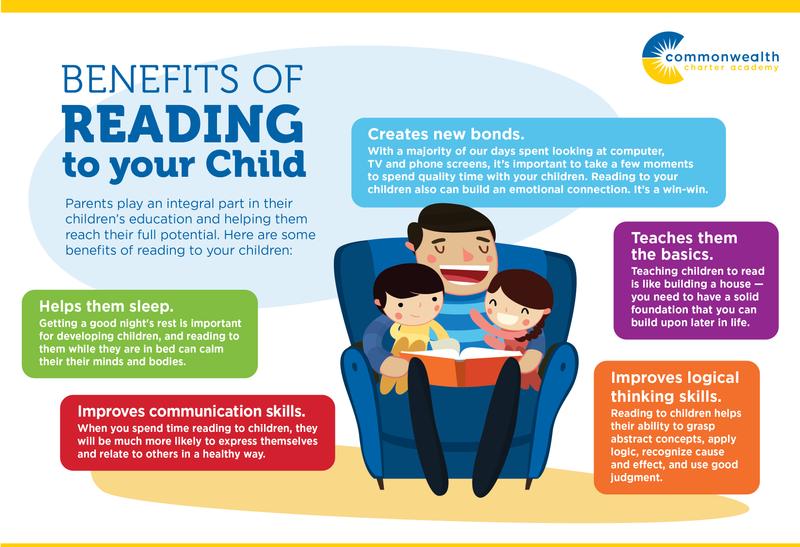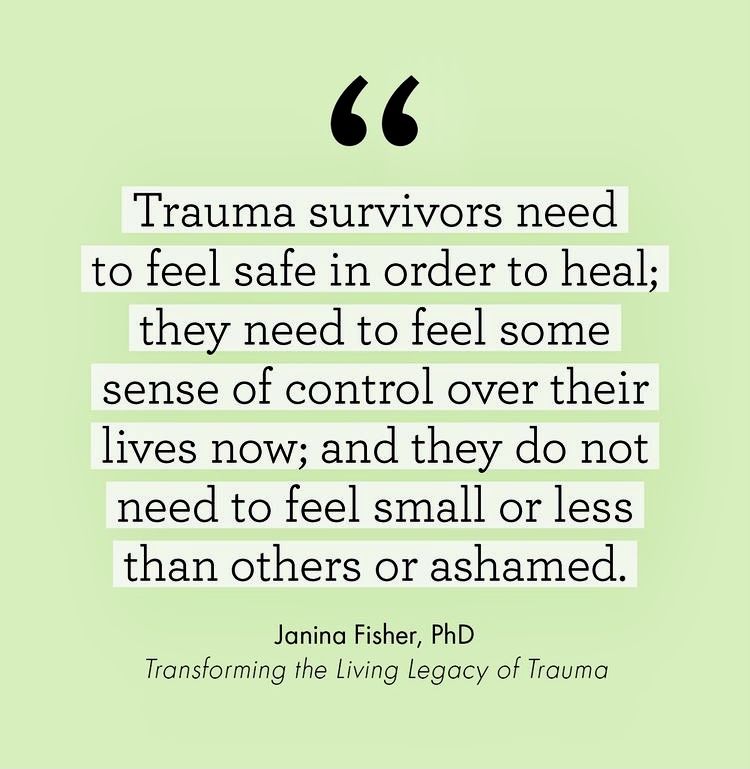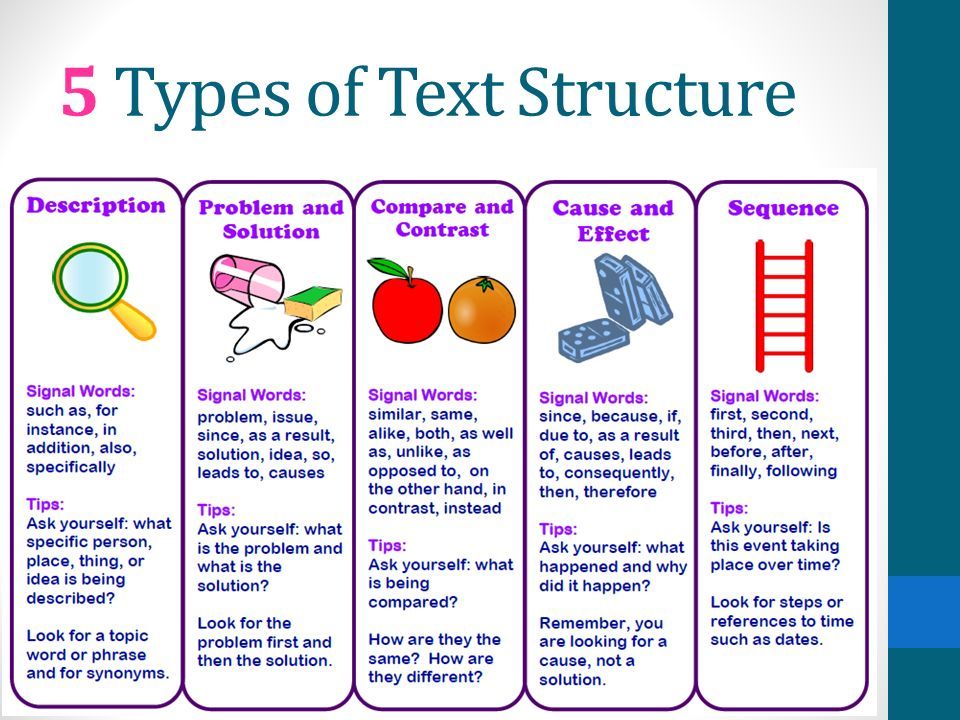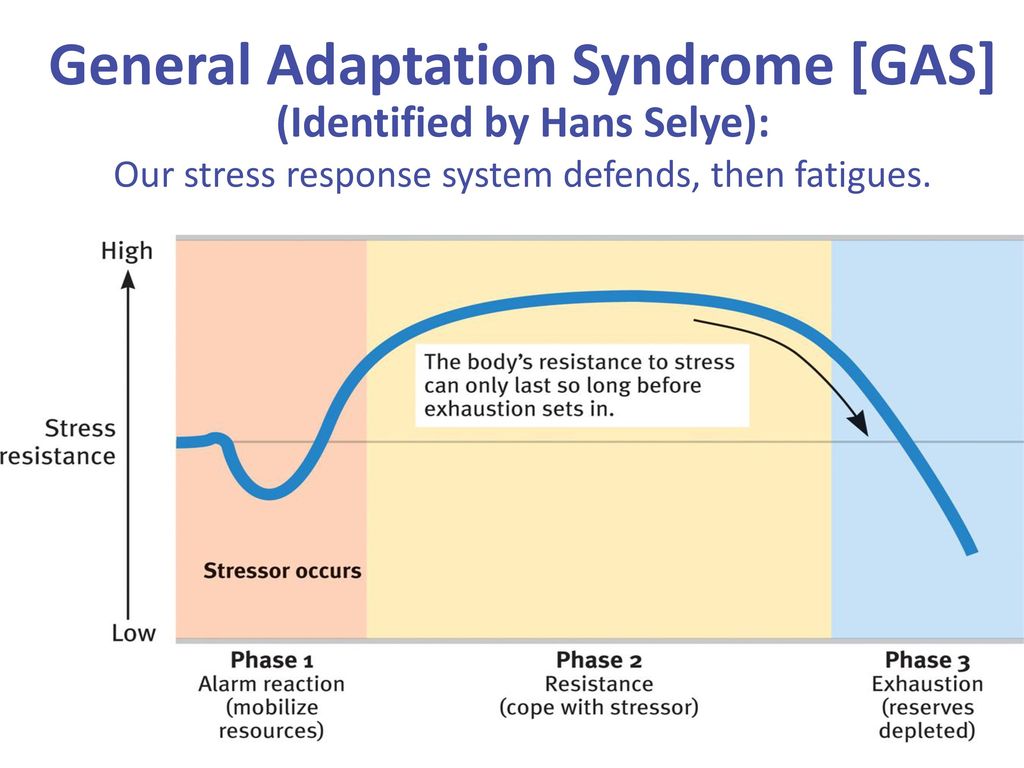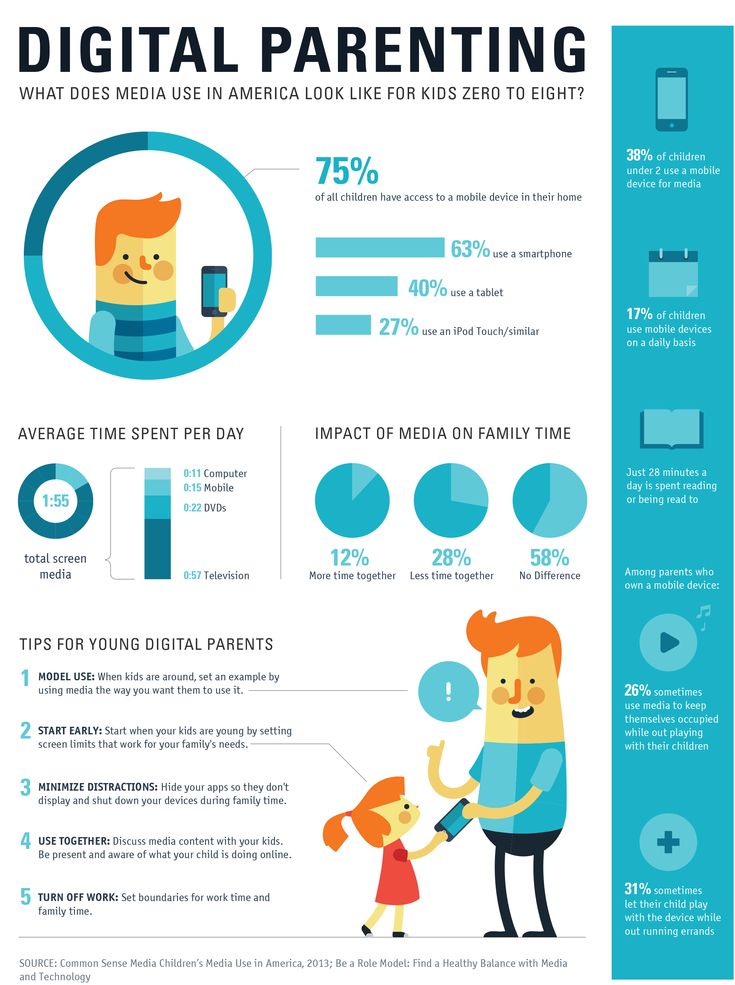Building an emotional connection
How to build emotional intimacy with your partner — starting tonight
When we discuss intimacy in a romantic partnership, what usually comes to mind are physical acts, such as holding hands, cuddling, kissing and even sex. While physical intimacy is integral in any romantic partnership — it’s one of the primary factors that sets it apart from any other type of relationship — fostering emotional intimacy is just as, if not more, important.
What is emotional intimacy and why does it matter?
“Emotional intimacy could be defined as allowing yourself to connect more deeply with your partner through actions that express feelings, vulnerabilities and trust,” says Sanam Hafeez, a neuropsychologist in New York City and faculty member in Columbia University’s clinical psychology Ph.D. program. “Part of a relationship is sharing your secrets, talking about your relationship, and telling your partner important news. A couple is generally happier when both parties can share and understand each other’s feelings.
”
Ultimately, emotional intimacy creates a deep sense of security within your relationship and an ability to be wholly yourself — warts and all — without feeling as if you risk the relationship itself. Without this intimacy, a relationship struggles in many ways. For example, you might feel bitter or resentful, experience hypersensitivity, have fears regarding your partner’s loyalty to you, or experience feelings of isolation or loneliness.
It's not sustainable long-term to have a romantic relationship without emotional intimacy.
“If emotional intimacy is lacking, [one or both of you] may feel a lack of safety, love, support, overall connection, and it also will most likely affect the physical intimacy in a romantic relationship. It's not sustainable long-term to have a romantic relationship without emotional intimacy,” says Rachel Wright, a marriage counselor and licensed psychotherapist. “If you think about emotional intimacy as the foundation of any relationship, it really becomes a no-brainer to invest your resources (time, money and energy) into building it and continuing to nurture it.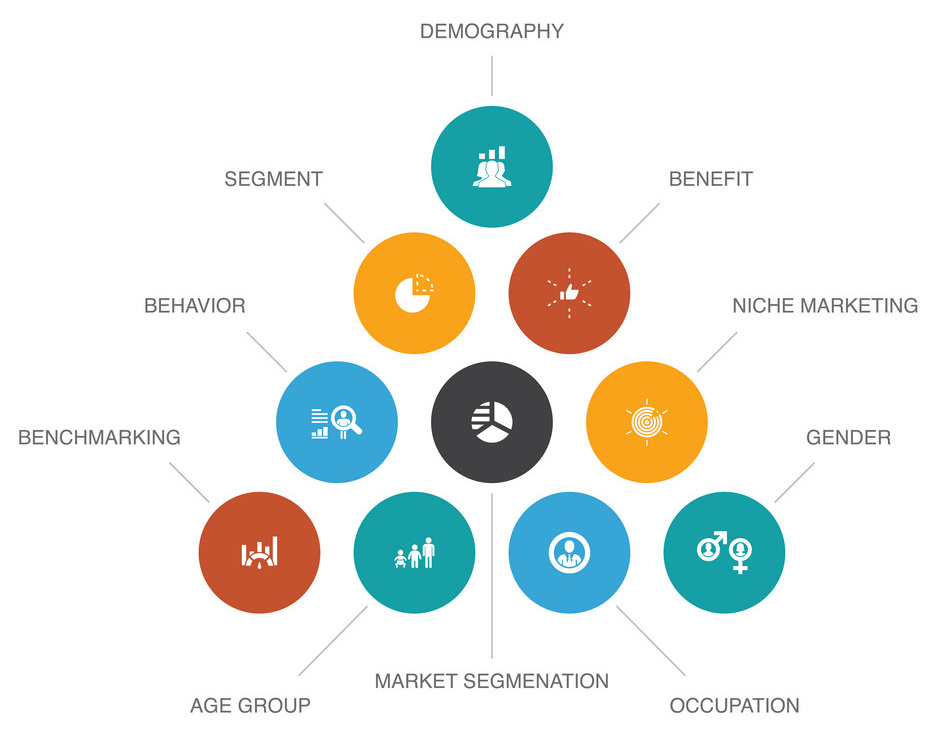 ”
”
4 immediate ways to improve emotional intimacy
Fostering emotional intimacy is an ongoing practice and, like many things, may take some time to master. However, there are a few things you can do — starting tonight — to improve the emotional connection you have with your partner.
Be strategically vulnerable to earn their trust
Even if we’ve spent an enormous amount of time with someone, it’s sometimes difficult to break down our personal walls. Though you cannot force another to become vulnerable, you can go out of your way to be vulnerable yourself.
“The practice of strategic vulnerability is critically important. Instead of trying to be vulnerable in every area of your life, pick one place to start,” says Paul Hokemeyer, a psychotherapist and author of “Fragile Power: Why Having Everything Is Never Enough”. This might translate to sharing something that happened at work you might not have otherwise discussed, expressing a feeling you’ve had in the past that’s been hard to share, or revealing a fact about yourself that you’ve been holding onto.
Give your partner daily affirmations and compliments
Whether you’re six months into a relationship or 60 years deep, it’s easy to take our partner’s positive attributes for granted and sometimes difficult to express how much we cherish them.
“Making a habit of giving specific compliments and affirmations to your partner can help you keep perspective as to why this person is special to you, and it can help them know you see them. You never want your partner to feel invisible because you forgot to share your appreciation,” says Hafeez.
These verbal affirmations can be as simple as saying, “I want you to know how deeply I love you” or “I really appreciate the time you’ve taken to do x, y or z.”
Prioritize sexual satisfaction
A study published in the Journal of Sex and Marital Therapy found that couples reported having a greater emotional connection when they were sexually satisfied. In that sense, the two are inextricably linked. While having sex itself isn’t a cure-all for improving your emotional bond, taking the time to learn and explore your partner’s desires — and having the same reciprocated — can lead to greater feelings of emotional connection in and out of the bedroom, says Hafeez.
Make an effort to break out of your day-to-day routine
With how busy life gets, it’s easy to hit a comfort zone plateau in which we move past each other simply trying to scratch items off our to-do lists. This is in stark contrast to the beginning of a relationship, when everything we do seems new and exciting, and when we go above and beyond.
“This can mean that we have lost sight of the value of doing things for each other that generate joy or intimacy in the other person. We stop trying to impress, we stop trying to understand, and in such environments, vulnerability and feelings can get lost to the routine of the everyday,” says Hafeez. “It is incredibly important that we make time for each other in a more profound way than just dinner or bedtime together.”
Garner inspiration from those early courting days in a relationship. Maybe you plan a spontaneous beginners square dancing date night, you decide to go for ice cream and a stroll, you show up with “just because” flowers, or you sit down together and plan a weekend getaway.
More relationship advice
- How the '5-5-5 method' helps this married couple work through conflict
- Relationship in a slump? Here's what to say to your partner
- What to do after a fight with your partner, according to a relationship coach
- What is maintenance sex? It may help strengthen your marriage
- How redesigning our master bedroom gave my marriage a boost
Want more tips like these? NBC News BETTER is obsessed with finding easier, healthier and smarter ways to live. Sign up for our newsletter and follow us on Facebook, Twitter and Instagram.
12 Ways to Get and Give More of It
Humans are hardwired for social connection. Without the ease of electricity, running water, or Starbucks drive-throughs, the collective survival of our early ancestors depended on being able to work together; to trust one another.
Emotional intimacy — a closeness between two people who feel safe and secure with each other — is one of the ways we form that trust.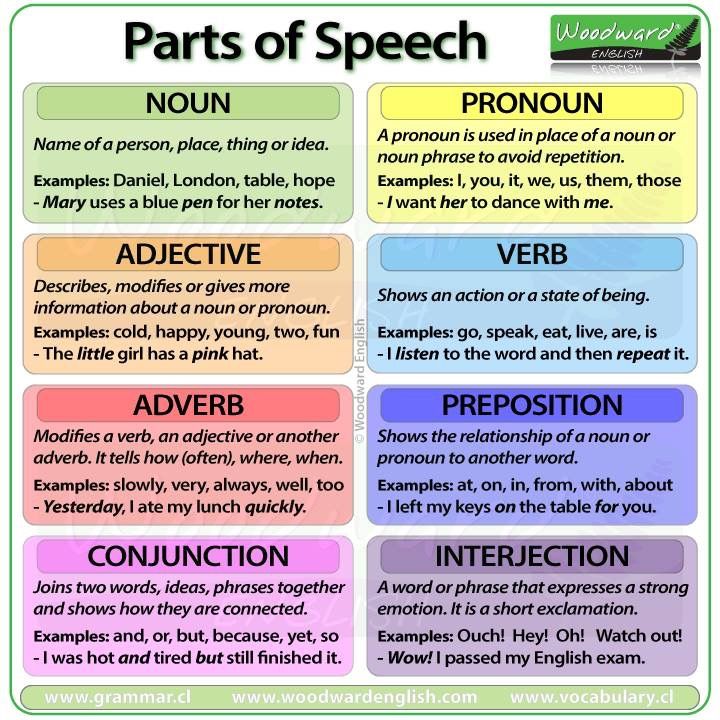
Unfortunately, many of us have built-in barriers that make it difficult to build emotional connections.
For example, depression has been shown to strain romantic relationships while some personality disorders make it hard to get close to other people. Or, if you were raised to hide your emotions, being open and vulnerable in relationships might feel super uncomfortable.
But if emotional intimacy is a mountain in your path, know there are routes to the summit — even if you can’t see them clearly yet. This article will cover what emotional intimacy looks like and how you can cultivate more of it in your life.
We often define relationships as being high in emotional intimacy when there’s trust, good communication, and closeness, says Dr. Joti Samra, a registered psychologist and CEO and founder of MyWorkPlaceHealth.
By no means does the relationship need to be sexual in nature, she adds. While emotional intimacy helps hold romantic relationships together, you can be just as emotionally intimate with a platonic friend as with your significant other, she says.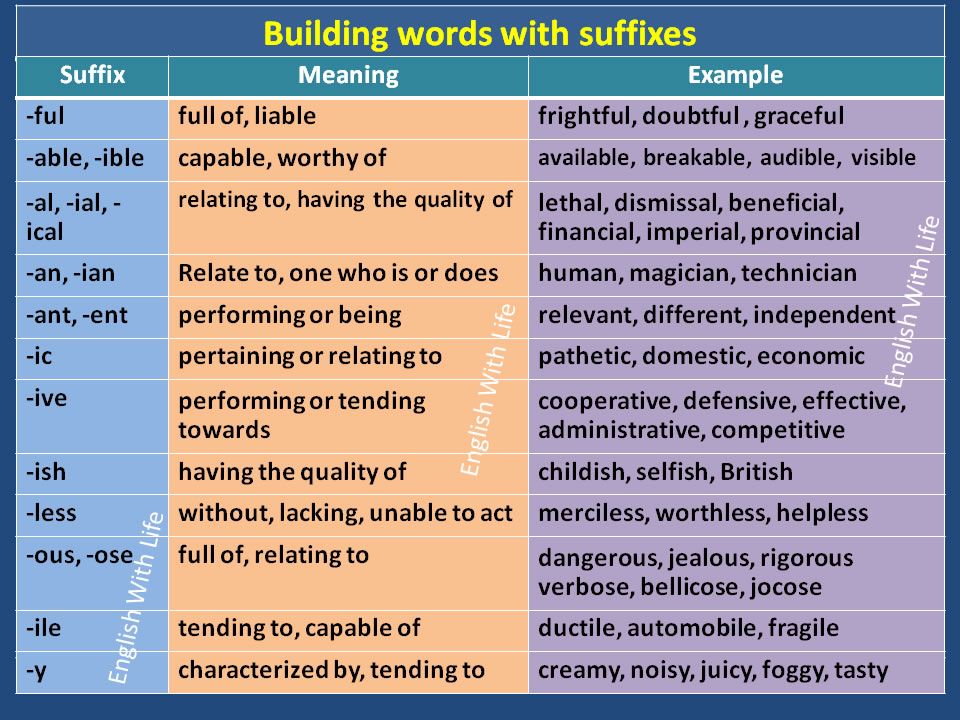
Here are some examples of how emotional intimacy might be expressed and formed:
- A close friend confides to you that they were bullied as a child. You offer emotional support and listen nonjudgmentally to their experiences.
- You and your S.O. have a hard conversation over where your relationship is headed. After working through difficulties, you emerge with a healthier bond.
- You tell your parents about a behavior of theirs that has distressed you. They listen carefully to your complaints and seriously discuss how to improve.
- After a stressful day at work, you tell a friend that you’re unhappy in your career. They validate your feelings and support you in reaching your own decision.
Don’t confuse emotional intimacy with harmful relationship habits
Emotional intimacy is built on equal communication and trust. If your relationship is one-sided, it may be time to reconsider how that connection is going, says Samra.
For example, unloading your emotional burden on someone to get pity or cause guilt is not being emotionally intimate. Neither is trauma bonding, a term used to describe the bond that forms between a victim and their abuser.
Neither is trauma bonding, a term used to describe the bond that forms between a victim and their abuser.
Similarly, depending on another person to the point where it blurs personal boundaries is not emotional intimacy and may be a sign of a codependent relationship.
How to know if there’s a lack of emotional intimacy
According to Samra, if you’re not getting emotional intimacy in a relationship, you might feel:
- unsafe or that the other person doesn’t have your back
- on edge and apprehensive when the other person is around
- unfulfilled by the relationship
- unheard, unacknowledged, or misunderstood
- like communication between the two of you is ineffective
Building emotional intimacy isn’t like baking bread — there’s no set formula. Everyone develops it differently and has differing levels of comfort around it, said Samra.
But you can get the ball rolling by applying some of the following advice.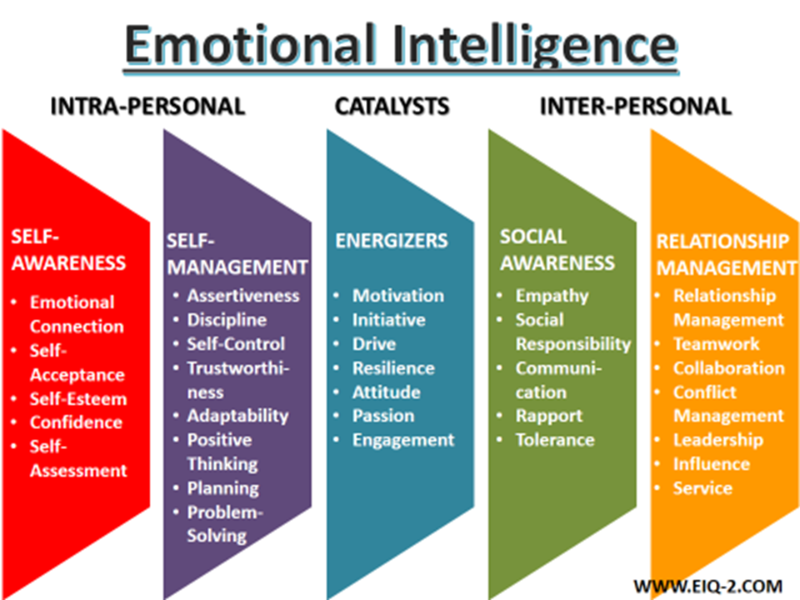
Work on being an engaged listener
According to Samra, communication is the bedrock of building trust. And real communication happens when people actually hear one another. “It’s being able to hear someone, listen to someone, understand them, and then, behaviorally, to be able to execute and [act] based on what those needs are,” she said.
Problem-solve difficult feelings
If you have high emotional intelligence, identifying and communicating emotions — in yourself or in others — might feel second nature. But know that it might not be so easy for your partner. So when things get tense or hard, start by asking broad questions.
“If someone says they’re upset, [ask] what does that mean? Is it anger? Is it sad? Is it fearful?” says Samra.
If you have trouble putting labels on your emotions, you might find emotion wheels help you get specific.
Leave your comfort zone
Inside each of us is an internal fortress that safeguards all deepest truths, the pieces of ourselves we’ve decided need protecting.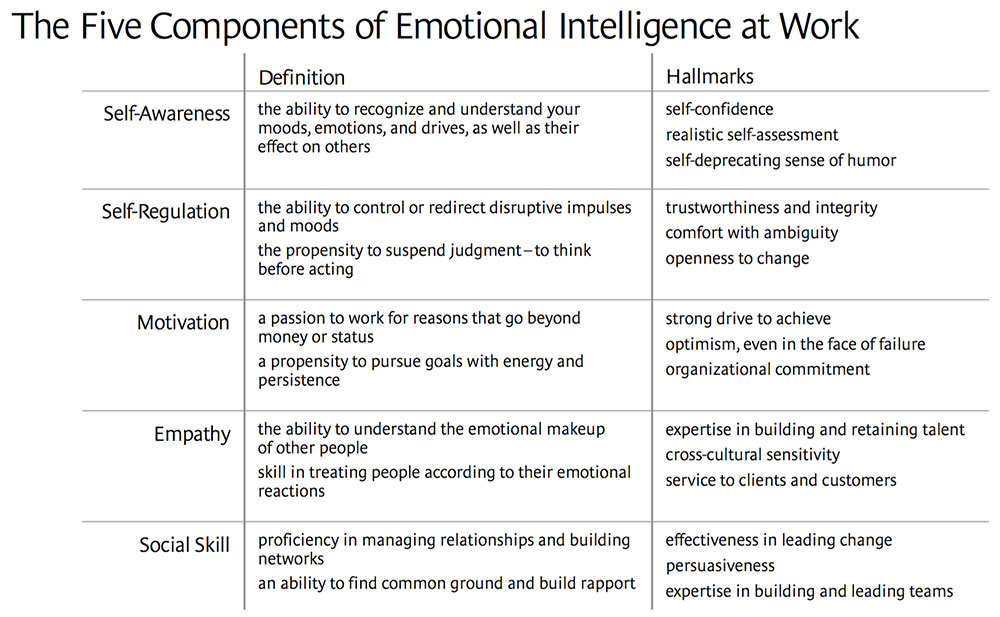
Being vulnerable is like opening up a side door in the castle wall and letting someone else in. It’s a way of signaling that you trust them, and usually it helps the other person feel like they can trust you in return.
Couples, have more (healthy) sex!
If you’re in a partnership, being physically intimate can go a long way in making you feel close to your partner. One study found being sexually satisfied significantly predicted the level of emotional intimacy between married people.
If you want to improve your sex life, a good place to start is working on having emotionally healthy sex.
Create a safe space
Fundamental to building emotional intimacy is asking: What does the other person require for safety and trust? says Samra. In order for the other person to let their guard down and be vulnerable, they first need to feel safe doing so.
Don’t rush the process
Building trust can take time. We shouldn’t expect the other person — nor ourselves — to immediately be comfortable with vulnerability, says Samra.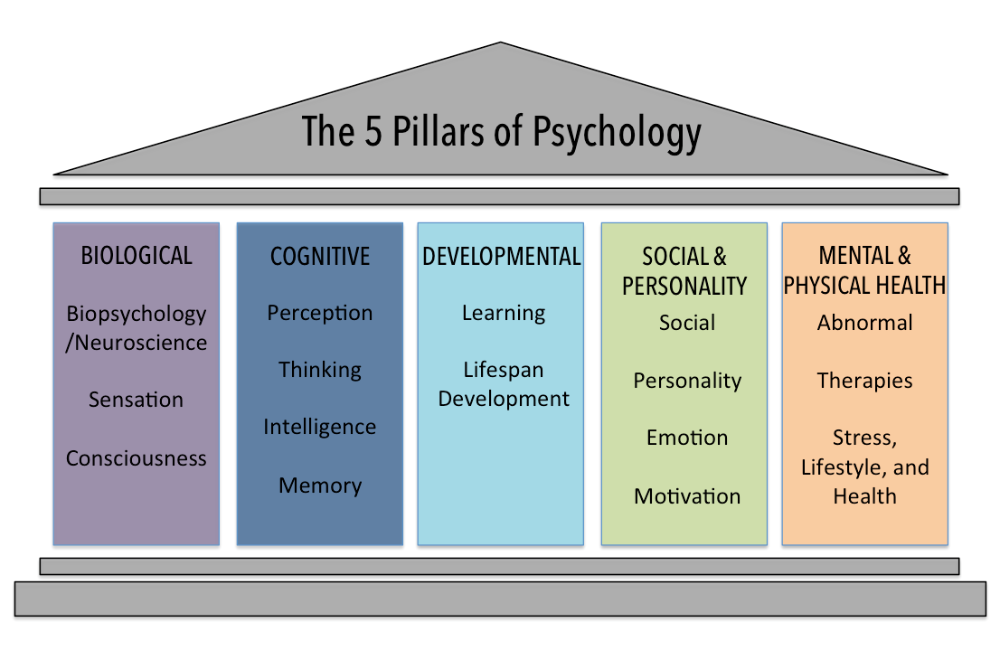
Check-in questions after an intimate moment
If you want to get a better understanding of an intimate encounter, ask yourself these questions about how it went.
- Did you feel safe and supported during the interaction?
- Did you feel like you could have said anything without being judged?
- Were they invested in what you said, rather than just waiting for their chance to speak?
Unfortunately, emotional intimacy can also be lost. This can feel devastating and sometimes intensely painful. However, there may be a path toward rebuilding what you lost, if the other person is willing.
- Take accountability. Own up to what you did, however painful it might be.
- Apologize (sincerely). It’s important that you really are sorry for what you did; it’s not enough to only say the words. Whether they accept your apology is up to them.
- Be patient. To rebuild trust, it’s important to give the other person the time and space they need to heal and process.
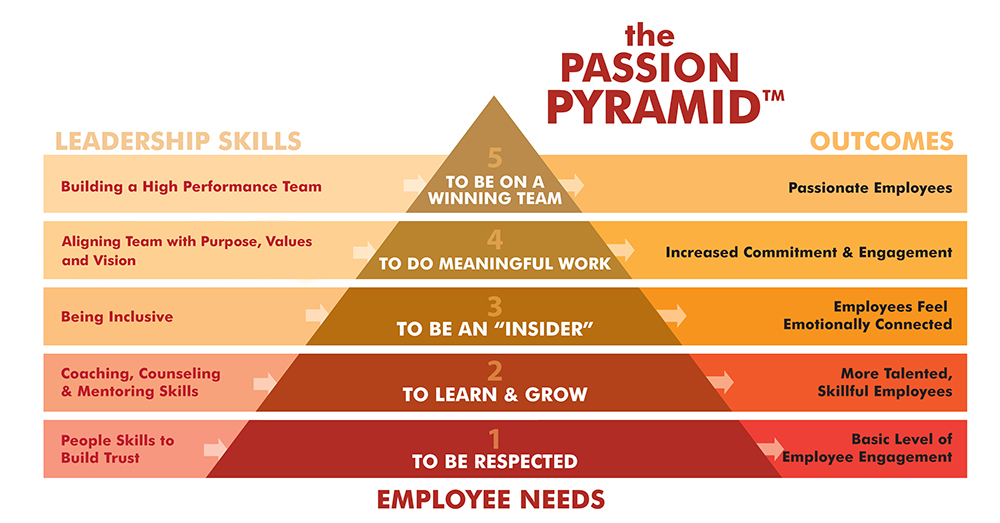
- Accept that the relationship will be different now. Although it may be painful, it’s unlikely you’ll be able to return to the relationship as it once was; be prepared to start over from square one, or somewhere close to it.
- Commit to changing problematic behaviors. You can’t expect to get different results if you keep acting the same way. It’s going to take effort — and maybe professional help — but it’s worth it if you really care about maintaining the relationship.
- Respect their wishes. The ball is now in their court. You can try your best to rebuild that emotional bond, but if they’re not comfortable trusting you, you have to let them go.
What to do if you’ve been hurt
If someone has hurt you, you might be scared as hell to let them back in. That totally makes sense. Your situation is unique to you but one thing is for sure: you need to get real about how this person affects your life.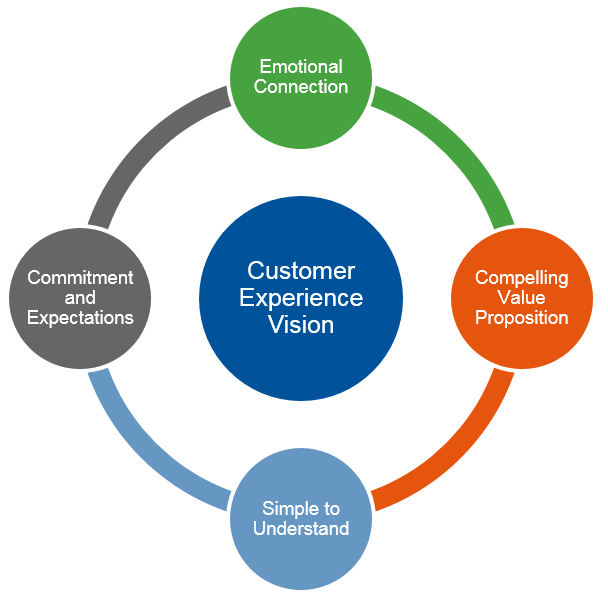 To help you understand if it’s time to put some distance between you and this person, ask yourself these questions:
To help you understand if it’s time to put some distance between you and this person, ask yourself these questions:
- Do they cause you regular stress and anxiety?
- Have they broken your trust before?
- Do they seem genuinely invested in your happiness or are they always focused on themself?
- Do they put effort into changing problematic behavior?
One of the downfalls of modern day partnerships is that we expect to get all of our needs met by our significant other. Not only is this taxing on both people, it’s pretty limiting to rely on one person’s perspective and advice.
Plus, relationships end. You don’t want to get yourself into a situation where the end of a relationship means the end of your emotional support system.
So in parting, we encourage you to keep up with your platonic relationships, too. Give your best friend — or maybe your mom! — a call tonight. They’ll be happy to hear from you.
Emotional branding. How to connect with a client?
In this article, we will talk about emotional branding.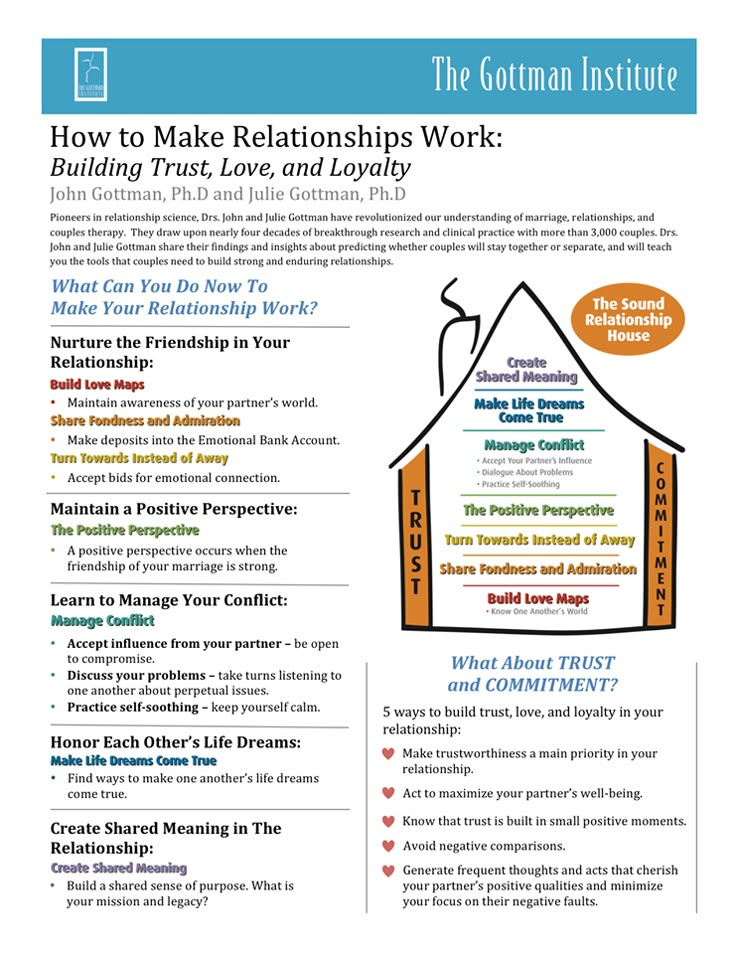 As we wrote earlier, emotional connection is one of the five factors that affect customer brand loyalty. (The other four factors are recognition, differentiation from competitors, value, and accessibility.) First, the consumer must learn about your brand, become interested in it, and, finally, trust it and feel an emotional connection with it .
As we wrote earlier, emotional connection is one of the five factors that affect customer brand loyalty. (The other four factors are recognition, differentiation from competitors, value, and accessibility.) First, the consumer must learn about your brand, become interested in it, and, finally, trust it and feel an emotional connection with it .
We will help you build a strong brand
Contact us for terms and prices
Branding cases Write to us
The emotional connection of customers with a brand arises for a number of reasons:
1. The brand represents something important to them. He has some common values with the client.
2. The brand is bright and active. He interacts with people on several levels of the subconscious through several senses.
3. The brand is unique.
4. The brand is admired.
5. The brand constantly interacts with people and never disappoints them.
6. Brand makes customers feel great.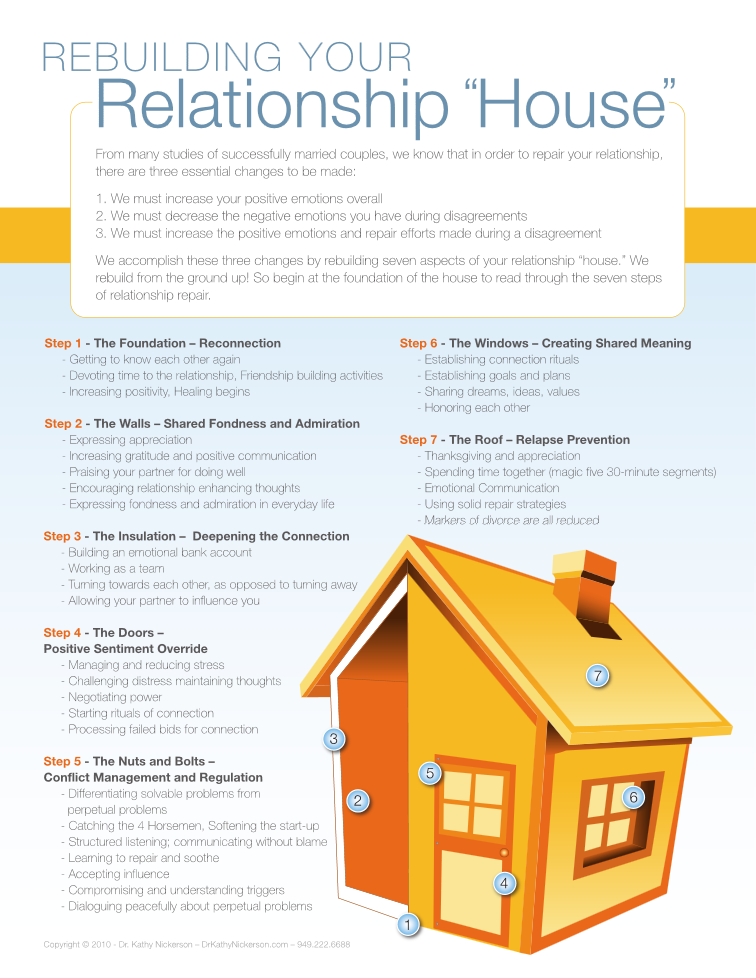
Emotional branding. innovative ways.
There are many innovative ways to achieve this emotional connection, from advertising, smart branding and direct-to-consumer quality, to engaging consumers in program organization and hosting company-sponsored customer events. The emotional connection between your customers and the brand increases their attachment to it. Which in turn increases brand attractiveness index . This phenomenon is called brand lobbying (recommendation) .
You have found your ally in building a successful brand Write to us! We will discuss with you the steps to develop your business Write It is particularly important that all of your front-line employees be trustworthy, helpful, friendly, courteous, kind, and positive in dealing with customers. Add to this list sensitivity, the ability to listen and persuade. By organizing special trainings, setting specific recruitment criteria, and generally creating a supportive and healthy work environment, you are sure to attract good employees.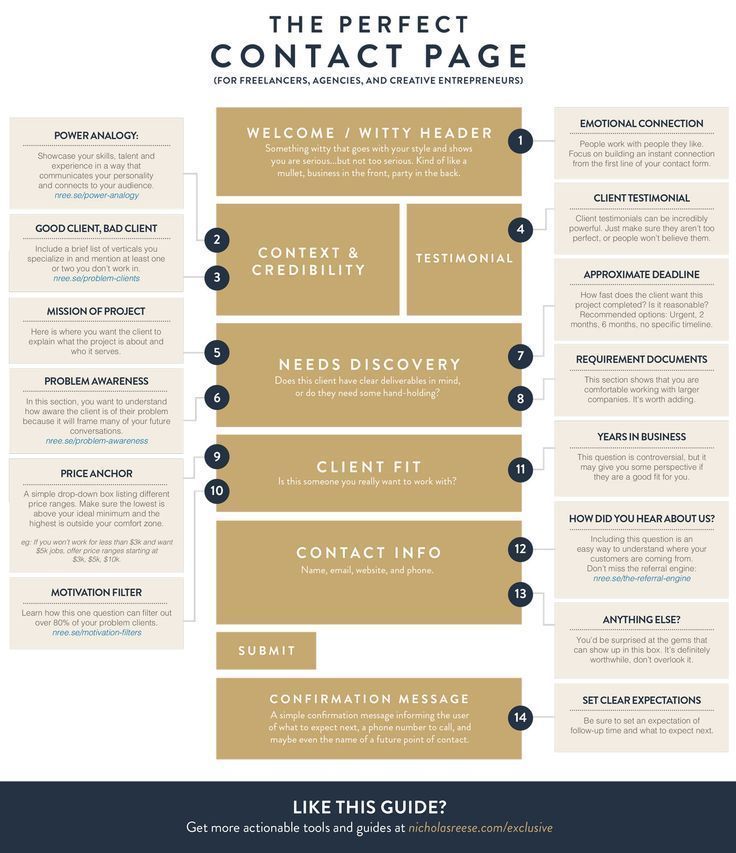 Remember that good service is all about creating positive emotions, being polite, and being able to solve problems for your customers. By the way, including the tone of communication should be worked out when developing a brand book. Ultimately, over time, a positive customer interaction with a brand will develop into an emotional connection. While trust will only take time to build, offering customers an unconditional guarantee will be the fastest way to reduce the fear of a new, obscure brand and build at least a minimal level of trust immediately.
Remember that good service is all about creating positive emotions, being polite, and being able to solve problems for your customers. By the way, including the tone of communication should be worked out when developing a brand book. Ultimately, over time, a positive customer interaction with a brand will develop into an emotional connection. While trust will only take time to build, offering customers an unconditional guarantee will be the fastest way to reduce the fear of a new, obscure brand and build at least a minimal level of trust immediately.
There are other ways to stimulate consumer loyalty.
For example:
- The brand encourages frequent, habit-forming interaction (as long as the interaction remains enjoyable or beneficial, not against people's wishes).
- The brand finds ways to create cumulative discounts and value propositions for customers, especially if they cannot be used to purchase competitive products and services.
In his book The Dream Society Rolf Jensen makes a compelling case for the transition from the Information Society to the Dream Society. In which the imagination and storytelling skills will be the main factors influencing the value of the product.
In which the imagination and storytelling skills will be the main factors influencing the value of the product.
He identified six new emotion-based markets:
1. Adventure Market
2. Communication market (spiritual intimacy, friendship and love)
3. Care Market
4. Self-expression market (“Who am I?”)
5. Peace of Mind Market
6. Marketplace of Persuasion
Any brand seeking to create an emotional connection with a customer must learn to use these and other basic human needs to its advantage.
Conclusion
At the end of the article about emotional branding, I will give an example of the Pedigree dog food brand. Passed from functional to emotional messaging with the consumer.
began with the fact that in 2014 the Pedigree brand was a leader in its field. However, he began to lose his position in the upper and lower segments of the market. And during this period, Pedigree focused on messages that emphasized the distinctive features of the product.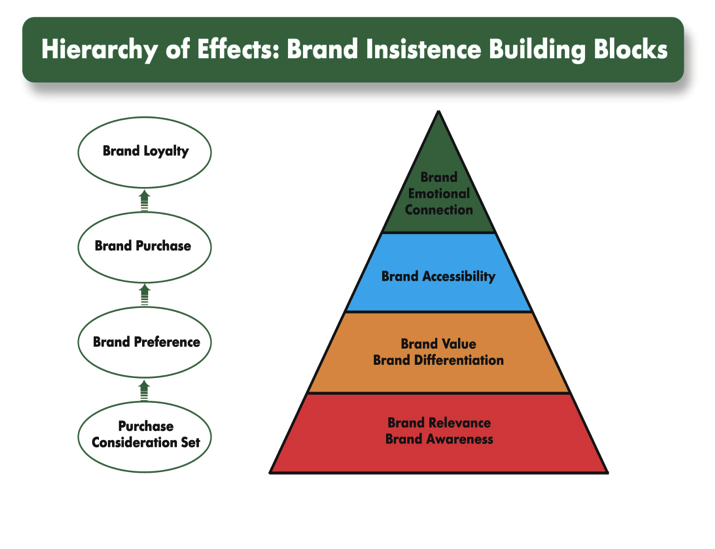 In 2015, advertising agency Pedigree (TBWA) recommended that the focus be shifted from functional properties to "love for dogs", appealing to the hearts of customers, not their minds. TBWA Chairman and Creative Director Lee Clow suggested Pedigree use the following statement as the brand's new slogan: "If you convince me you love dogs, I'll let you feed mine."
In 2015, advertising agency Pedigree (TBWA) recommended that the focus be shifted from functional properties to "love for dogs", appealing to the hearts of customers, not their minds. TBWA Chairman and Creative Director Lee Clow suggested Pedigree use the following statement as the brand's new slogan: "If you convince me you love dogs, I'll let you feed mine."
Pedigree now offers a Breed Gallery, Dog Age Calculator, Breed Questionnaire, Want a Dog section, Free Puppy Raising Guide, Dog Rule clothing line, and an opportunity to donate to the Pedigree Foundation to help dogs on their website. get a house. Thus, when developing the site, the manufacturer found an opportunity to appeal to the emotions of visitors. Of course, when developing a name, creating a logo and developing a corporate identity, it is necessary to take into account what emotions the appearance of the company evokes, how it sounds and feels. An effective coordinate system for the conscious use of emotions in the development of a brand book is the idea of archetypes, which is actively used by most Western and some Russian agencies.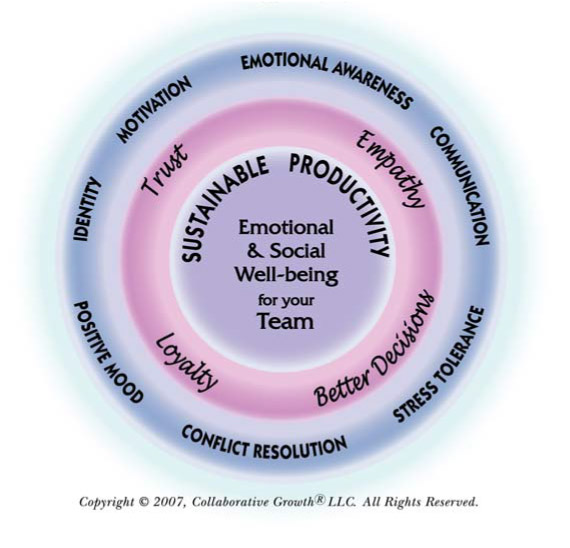
3 ways to achieve an emotional connection with a brand — Alexey Khizhov on vc.ru
How can brands develop a unified perception across all channels
109 views
The explosive growth of online orders over the past year has led to the massive launch of online services, even by those who have not previously relied on distance selling. Established players who were better prepared for the development of e-commerce also had to adapt and innovate. But the “post-pandemic” reality shows that the key to retaining long-term customers is not only the uninterrupted provision of goods and services in the digital environment. Most traditional approaches to loyalty no longer work. Emotional attachment is important. Now that most major retailers have implemented their omnichannel solutions, there is a need to develop a unified brand experience across all channels. About how to do this - Alexey Khizhov, CEO of RTB House in Russia.
Customer retention is vital to business today as 40% of consumers say they have begun to look at new brands during the pandemic. For example, the food industry, a recent underdog among digital sales channels, is showing solid growth rates around the world. The competition for customers is growing, and buyers using two or more channels are more loyal and purchase more often and spend more than users of one channel.
In retail, customer retention helps you understand not only how positive your experience is, but also how to meet expectations. The emotional attachment people have to brands goes beyond loyalty. It's hard to put into words the instinctive reaction people have to certain brands.
Building that emotional connection with a client is hard work. It is not done overnight, and over time it becomes more creative and technological at the same time. How to strengthen emotional attachment to the brand in a hybrid model.
1. Channel Relationship
Your online store is not just another channel. In omnichannel, there are no more or less important channels of communication with the client. Think of online sales as a physical store where customers view products and then buy them. Be equally active and open to communication in all channels: the most valuable and loyal customers are those who are in contact with brands in all communication channels. Don't limit them to one channel: find ways to encourage online shoppers to visit the store and store visitors to use the site. Host in-store events and offer special online promotions.
In omnichannel, there are no more or less important channels of communication with the client. Think of online sales as a physical store where customers view products and then buy them. Be equally active and open to communication in all channels: the most valuable and loyal customers are those who are in contact with brands in all communication channels. Don't limit them to one channel: find ways to encourage online shoppers to visit the store and store visitors to use the site. Host in-store events and offer special online promotions.
2. Competent logistics
Most often, online shoppers refuse to buy because of the complicated checkout process. And shipping is now part of the quality standard for more than just online shopping. Competent logistics, which unites all outlets and distribution points of the company, provides the client with the best delivery method. Make sure you provide the best service.
Delivery speed is one of the important trends that sets the online retailer apart. The pandemic situation has accelerated the growth of e-commerce and, as a result, many retailers have become puzzled by the need for fast and reliable delivery methods. Today, obviously, the winners are brands that can offer expedited shipping.
The pandemic situation has accelerated the growth of e-commerce and, as a result, many retailers have become puzzled by the need for fast and reliable delivery methods. Today, obviously, the winners are brands that can offer expedited shipping.
3. New technologies and a personalized approach
In today's ad-filled era, you need to engage your audience more effectively. It is important for users that you understand their buying journey. They want messages that match their interests and cut through the "noise". Take Netflix and Amazon for example. Their platforms offer real-time recommendations based on products you've already viewed and liked.
Deep learning algorithms based on artificial intelligence are able to analyze the behavior of the buyer and find out where his position in the sales funnel. Such technologies form personalized offers and messages to customers, telling about the value of the brand in an intuitive format for users. It's simple - people like to see what is relevant to them, coincides with their interests, it is this moment that increases their involvement and emotional attachment to the brand.